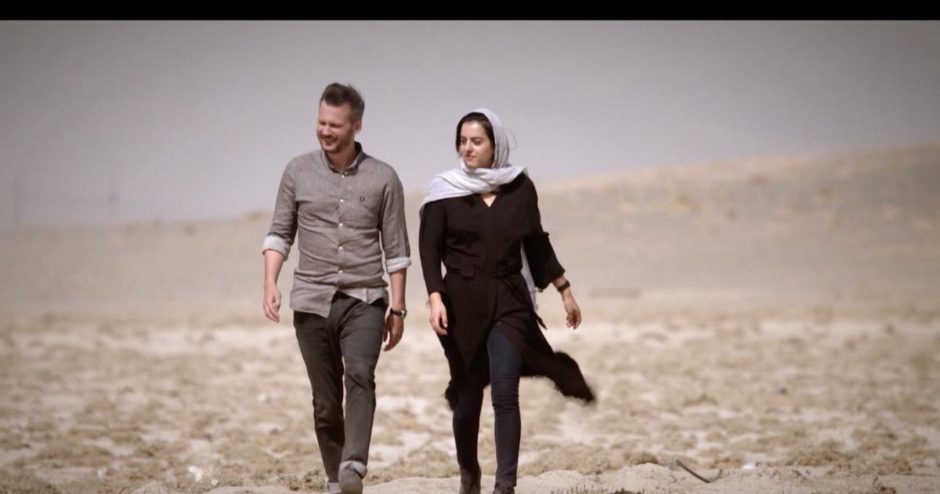Iran is constantly in the news, yet it remains opaque and enigmatic. Thomas Erdbrink, one of the last foreign journalists reporting from Iran, rips off the veil, to some extent at least, and explores it in Our Man in Tehran, a two-part, four-hour documentary to be broadcast by the PBS network on August 13 and 14 from 9 p.m. to 11 p.m.
A Dutch national and the Tehran bureau chief of The New York Times, he describes Iran as “mysterious and isolated.” Having lived in Iran for the past 17 years, he knows it like few Westerners.
Our Man in Tehran, directed by Roel van Broekhoven for PBS’ Frontline series and hosted by Erdbrink, is an eclectic and somewhat revealing account of a deeply conservative nation trying to reconcile Western modernity with Islamic tradition.
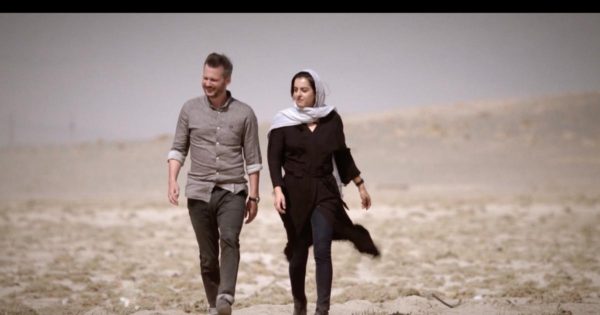
Amiable, knowledgeable and fluent in Farsi, Erdbrink focuses on ordinary middle-class Iranians, some of whom are his relatives. He’s related to them through his 14-year marriage to Newsha, a photographer and artist. And so we meet Newsha and her family during a meal in their Tehran apartment and at other occasions.
A viewer is also introduced to Erdbrink’s assistant, Somayeh, a divorced young women from a pious family who tilts toward modernity.
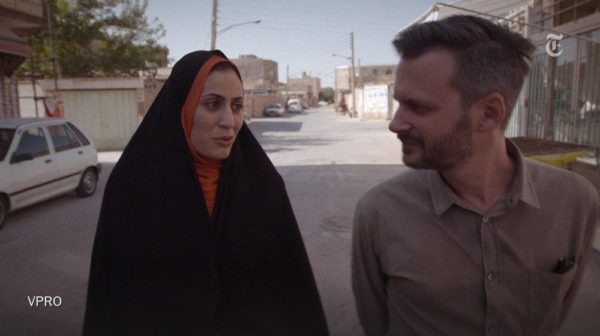
There is only one interview with an Iranian government official. Clearly, Erdbrink is not interested in questioning such officials, knowing they will mislead him with formulaic answers. Unfortunately, though, he neglects to interview working-class Iranians, who might have given him a completely different perspective on Iran.
In the first segment, the stronger of the two, he reaches some hard-and-fast conclusions.
He reports that the authoritarian Iranian regime monitors its citizens 24/7, and that personal freedom is circumscribed by the state. Iranians must abide by a web of innumerable rules, which are interpreted differently by the officials who enforce them. As a result, there are gray areas that Iranians must deftly negotiate.
Erdbrink’s colleague, a local reporter employed by The Washington Post, claims that Iranians hate the United States — the Great Satan — and its ally, Israel. Hatred of the U.S., he says, is rooted in Iranian resentment of the role the U.S. played in overthrowing the democratically-elected Iranian prime minister in the 1950s. Iranians are also resentful of the American downing of an Iranian airliner, carrying 290 passengers and crew, in the late 1980s.
No explanation is offered for Iran’s animus toward Israel, which had cordial ties with the Iranian monarchy before the 1979 Islamic revolution. One hardliner, dubbed Mr. Big Mouth, says, “Even in our sleep we yell, ‘Death to Israel.'” This sanctimonious individual fears change and claims the Internet has brought immorality to Iran.
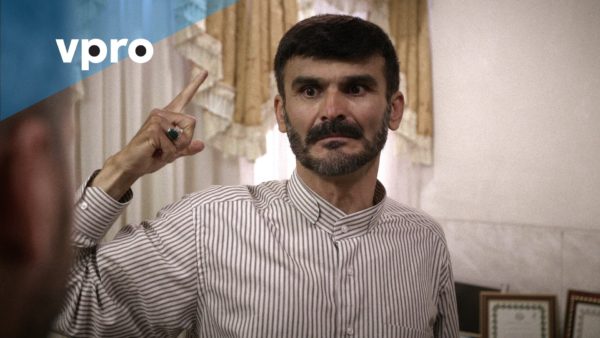
As Erdbrink observes, women must abide by a strict dress code and cover themselves with a chador and a head scarf. A woman can only show her face. Single women cannot sit in the front of a bus, lest they “distract” the driver. Unlike in Saudi Arabia, Iran’s regional rival, women are generally on an equal footing with men, but some Iranians, particularly the religious police, want to keep them on a short leash.
Erdbrink visits the home of Iran’s first spiritual leader, Ayatollah Khomeini, and the custodian talks about the concept of martyrdom, a deeply ingrained idea in Shi’a Iran. A 38-year-old woman whose father was killed in 1981 in the Iran-Iraq War explains it at some length.
Every armed conflict in which Iran participates is considered a “holy war.” But when Erdbrink interviews Iranians on the street about Iran’s assistance to Syria in its civil war, they tell him that Iran has no business being in Syria.
In part two, three years later, Erdbrink goes out of his way to disprove the claim that Iran is a “backward” country. He takes us to a wealthy neighborhood filled with elegant condo buildings and to a fancy restaurant frequented by the super rich. And he identifies a few Instagram “stars” with huge followings.
Western influence manifests itself in the proliferation of “cappuccino” cafes in Tehran where the dress code is somewhat relaxed. Yet, as he observes, Iran is simmering with discontent and could yet explode. Neither the government nor the private sector can provide sufficient jobs.
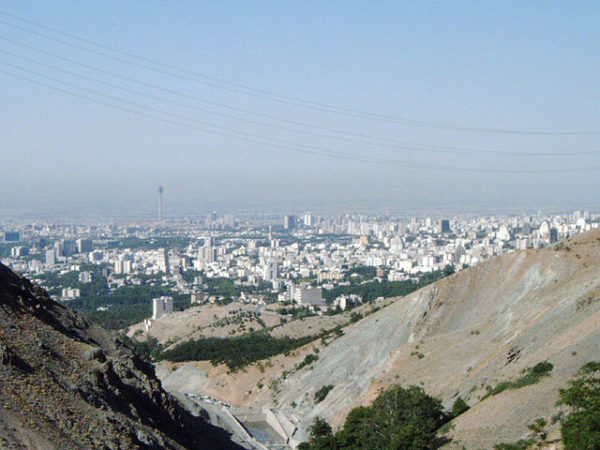
Leaving Iran for a spell, he visits Westwood, a well-to-do neighborhood in Los Angeles populated by Iranians. One million Iranians live in the United States. Among them are an immensely popular singer whose love songs are banned in Iran and the owner of a successful body shop. Most Iranians, he notes, are profoundly attached to Iran.
Back in Iran, Erdbrink claims that social media and the Internet have broken down Iran’s isolation. But human rights are still a luxury in Iran and change takes place at a glacial pace, he suggests. Erdbrink believes that the decision by the U.S. to reimpose sanctions on Iran will strengthen hardliners.
In closing, he says that life in Iran is unpredictable. He cites the case of Kavous Seyed-Emami, an Iranian Canadian academic and environmentalist who died in jail after being imprisoned on charges of espionage, forcing his two grown sons to emigrate.
Despite everything, Erdbrink says he feels at home in Iran and is not done telling stories about the Iranian people. Judging by his reports in Our Man in Tehran, one can look forward to many more interesting articles from him.
